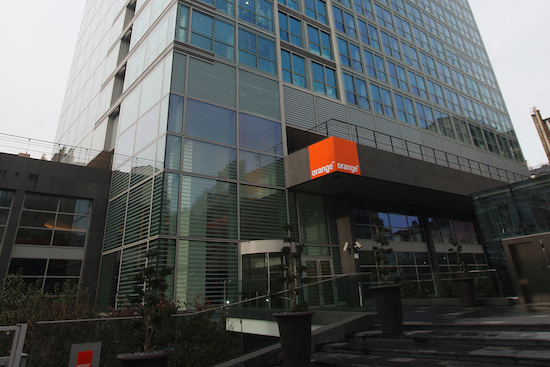Orange Belgium has hit 100 percent indoor and outdoor coverage for its Internet of Things network with customers now able to select to run services on NB-IoT and LTE-M technology.
The operator said its Mobile IoT offering would enable millions of objects to be connected to the IoT, citing smart furniture, and asset tracking as key use cases. It has already developed connected bike, smart plugs and smart parking solutions.
Belgium has been an outlier among Orange’s wider IoT strategy. In October, Mobile Europe revealed the France-based operator was parking plans to rollout NB-IoT on a widespread basis, choosing instead to focus on LoRa and LTE-M technology.
The operator said LTE-M and NB-IoT benefit from over the air firmware updates, offer greater signal penetration into buildings and can roam onto other IoT networks.
Gabriel Flichy, Chief Technology Officer of Orange Belgium, said: “The choice for Mobile IoT technologies is future-proof as it is fully consistent with the future evolution towards 5G. It will then be possible to connect objects that require very high reliability e.g. for the remote control of critical devices and automation processes.
“Today we are already using our Mobile IoT network together with the Flemish government for a project with connected bikes in collaboration with our partners Huawei and Sensinxs; IMEC is testing a smart plug project as part of Antwerp’s City of Things program and we have teamed up with CommuniThings for smart parking solutions.
“We invite all application developers, system integrators and early adopters to test the advantages of Orange Mobile IoT network.”
In October, Orange announced it was working with Deutsche Telekom in a project demonstrating how open source software and standards can enable smart home technology.


